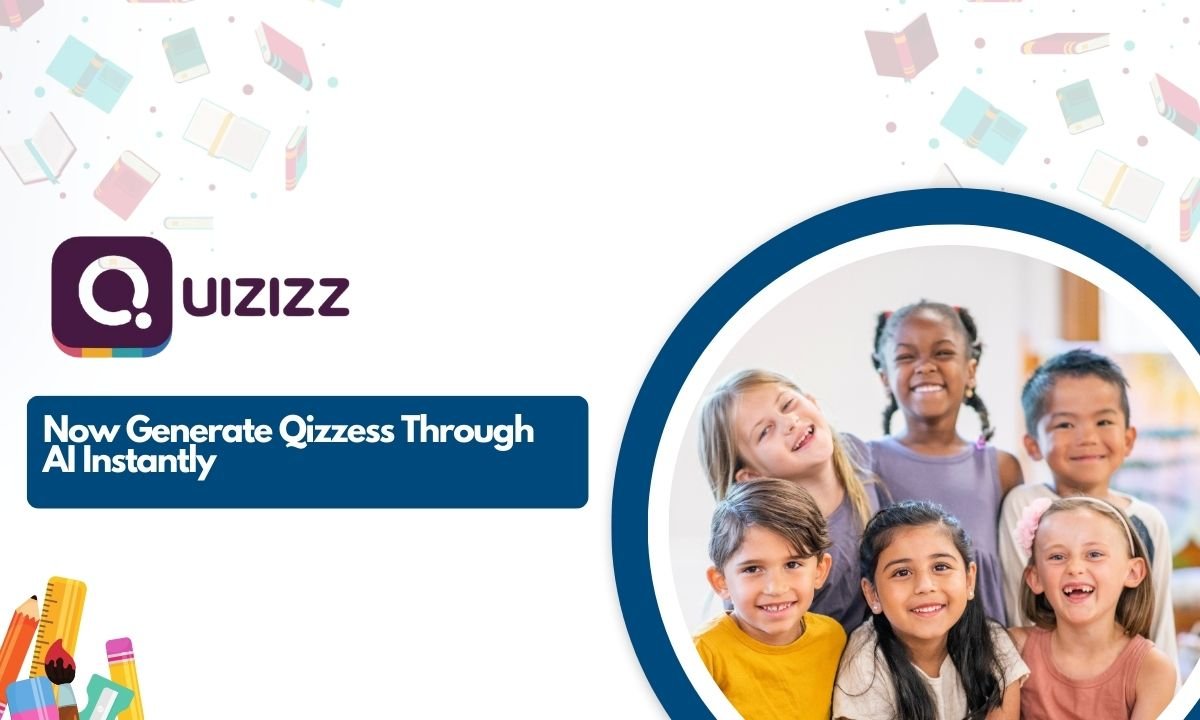The covid-19 pandemic affected almost every country sector and disturbed the ongoing education system the most. The conventional method for Learning couldn’t be possible because of the social distancing measures that had to be taken as a precaution to stop the spread of the Coronavirus. So schools and colleges around the world could be closed for sine die.
However, the only thing that helps in continuing the education process during the pandemic is technology. However, technology was used in the learning process a generation ago. Computers are used in classrooms for various tasks such as reports, painting, presentations, games, and watching educational videos.
Many opportunities for teachers and students in school are generated to benefit from integrating many forms of technologies in the classroom to make learning more effective. Let us look at the following benefits of using Technology in Learning.
Endorse progressive Educational Technologies
Many more innovative methods and tools such as attendance management software, LMS, ERP, and more make learning more attractive for students and teachers, such as mobile educational applications, teaching through collaborative programs on various platforms, learning analytics, etc.
Infinite Resources for any information.
Technology has opened new spaces for teachers and students to learn from infinite sources with all freedom. By using online educational platforms, those who cannot go to schools and colleges can also learn anything they desire; for example, a businessman or shopkeeper learning MS Excel for accounting for their business thanks to technology.
Identify learning gap
Some Software programs help keep track of an individual student’s performance and find the learning gaps easier and faster. Also, by automating most tiresome work, an educator can focus more on actual Learning.
An effective collaborative learning environment
While studying from home, students can lose motivation because of a lack of sense of shared Learning and community, so technology helps in online interaction by using various forms such as messages, video conferences, and working in a group on different projects regardless of their location. It makes learning more effective and supports students in many ways, for example – boosting confidence in students.
Encourage remote teaching and active participation
Traditional classroom settings do not have much continuity in education and flexibility. In contrast, remote Learning provides flexibility and other benefits like accessibility for differently-abled or immunocompromised students. It gives equal learning access, and topics can be revisited, etc.
Teachers can plan separate groups according to lessons, make specific content, and be able to interact with the student regularly.
New methods for engagement of students in activities
It has been proved in many studies that students can learn more efficiently and effectively when they participate in various academic activities instead of a conventional method of listening to teachers and reading books. Examples – include exercises such as quizzes, puzzles, some online games under parent supervision, interactive apps, and more. Online Learning has allowed students to shift to more dynamic interactive media content.
Detection and prevention of plagiarism
In comparison with an offline examination, in the presence of an invigilator, students can manage to copy answers. Still, now with the help of technology, teachers can easily find out any case of plagiarism. For example – if a student is heavily dependent on other sources and copied, then tools for text detection can scan student text and answers thoroughly. It helps in keeping academic integrity.
Learn about the latest information
Academic textbooks and other learning materials take a very long time to update any changes if required; on the contrary, the internet helps spread new information instantly with the help of LMS portals, making online information more dynamic.



